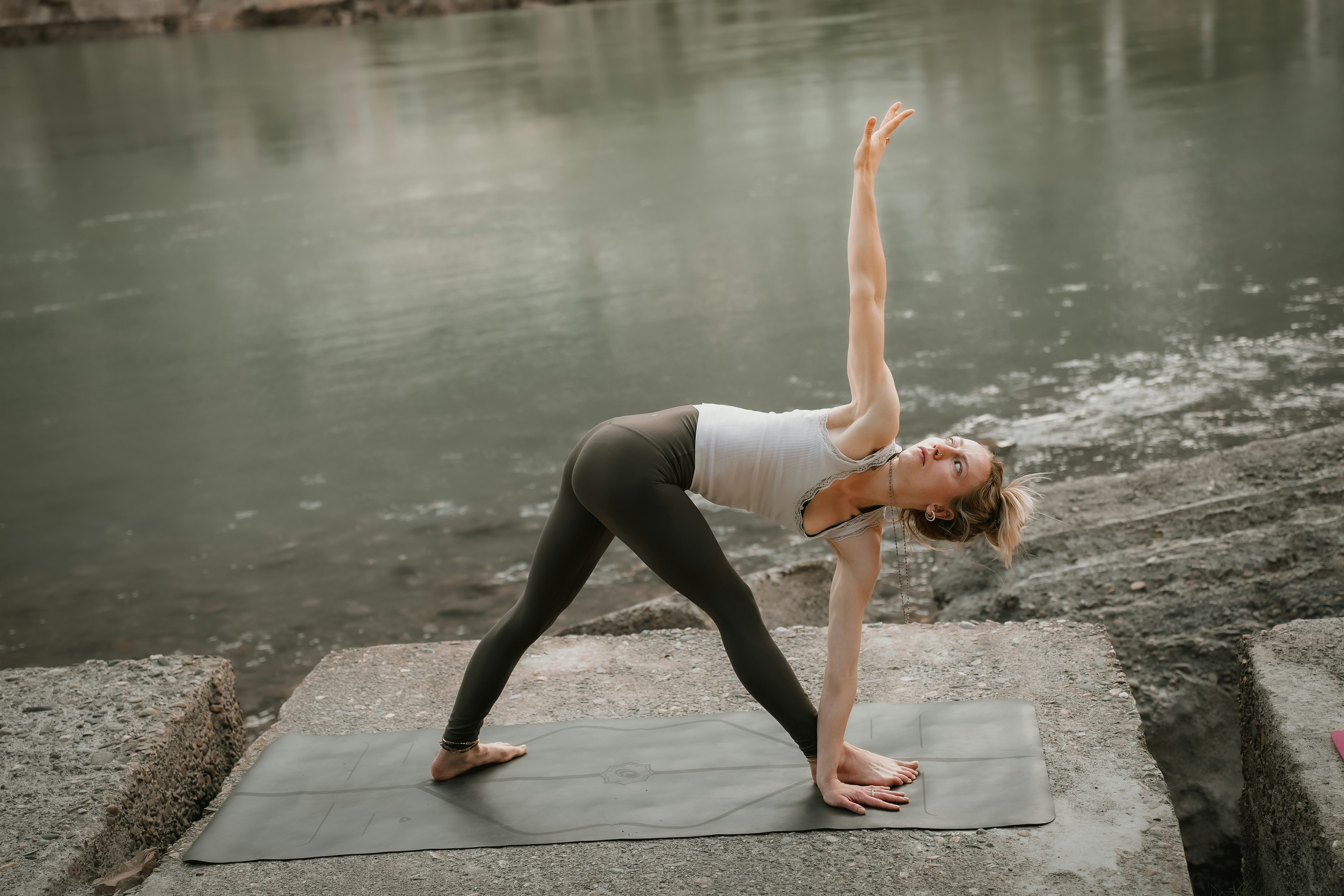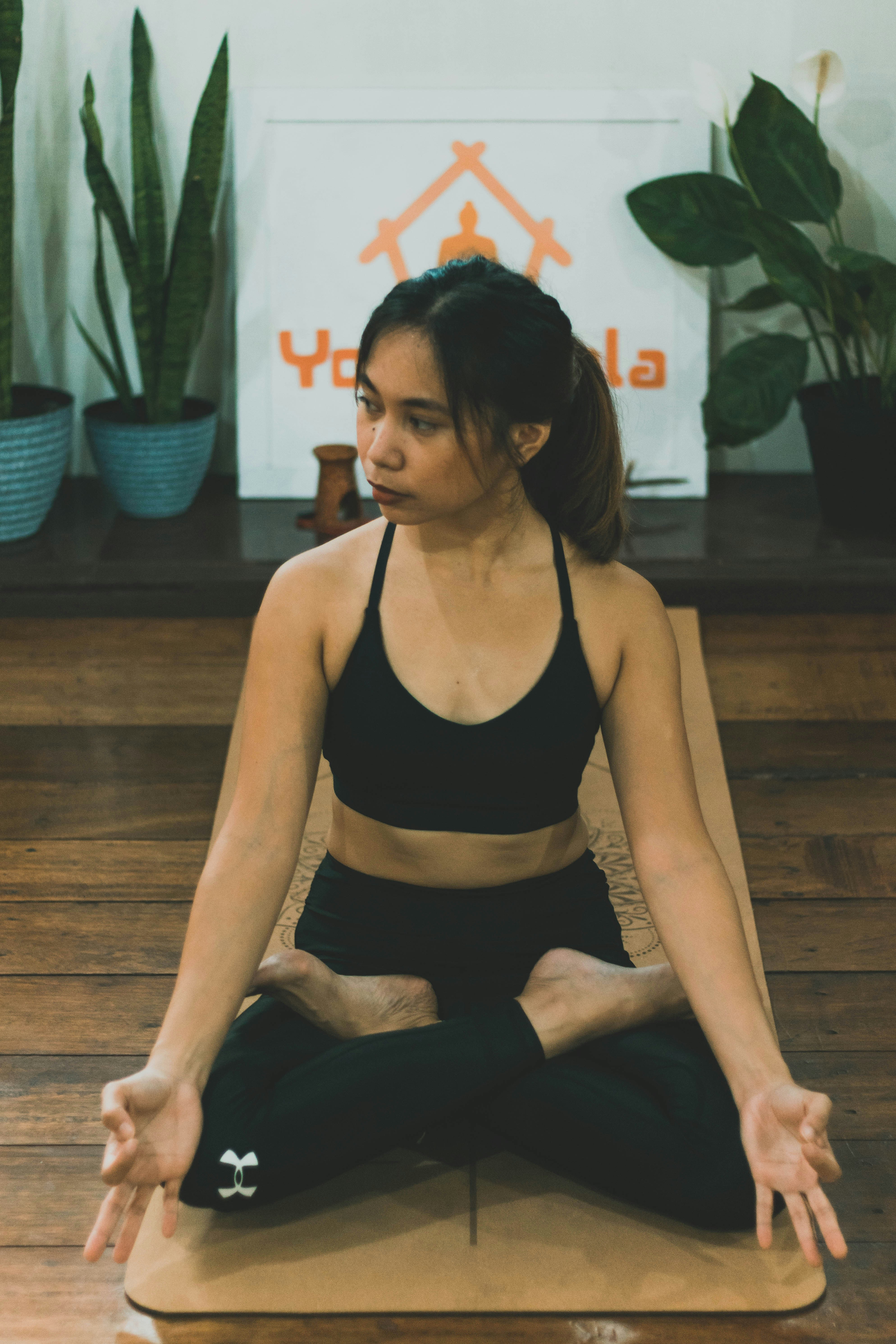Introduction to Crow Pose
The Crow Pose, known as Bakasana in Sanskrit, is a fundamental arm-balancing pose that plays a significant role in the practice of yoga. This posture not only challenges an individual’s physical abilities but also cultivates mental focus and confidence. By engaging multiple muscle groups, the Crow Pose promotes strength, particularly in the arms, core, and wrists, while enhancing overall body awareness.
In practicing Crow Pose, one is required to shift their weight forward onto their arms, effectively lifting the legs off the ground and balancing on the palms with knees resting on the upper arms. This act of balance symbolizes the metaphorical balance sought in life, where steadiness is achieved despite external pressures or distractions. The pose serves as a gateway for practitioners, offering both beginners and advanced yogis an opportunity to explore their limits and develop resilience.
In addition to physical strength and balance, the mental benefits of Crow Pose are equally significant. As one navigates the challenge of maintaining balance, practitioners cultivate concentration and mindfulness, which are essential qualities in yoga and life. These attributes foster a sense of empowerment, enabling individuals to approach challenges with courage and composure.
Moreover, Crow Pose integrates seamlessly into various yoga routines, signifying growth and progression in one’s practice. It is commonly included in vinyasa flows and can be adapted to suit different skill levels, making it accessible for those just starting their yoga journey while still offering depth for seasoned practitioners. The Crow Pose exemplifies the ethos of yoga, intertwining physical exertion with mental clarity, making it a valuable addition to any yoga practice.
Step-by-Step Guide to Achieving Crow Pose
The Crow Pose, known as Bakasana in Sanskrit, is a fundamental balancing yoga pose that enhances strength, stability, and focus. To achieve this pose, follow these step-by-step instructions while maintaining awareness of your body alignment and breath.
Begin by preparing your body with a few foundational poses such as Downward Facing Dog and Plank Pose. These preparatory poses will help warm up your wrists, shoulders, and core, essential for transitioning into Crow Pose. Start by standing in a comfortable position, feet hip-width apart.
Next, bend your knees and squat down, bringing your thighs towards your chest. Place your palms firmly on the mat in front of you, shoulder-width apart. Spread your fingers wide to provide a stable base. Ensuring your weight is distributed evenly across your palms, engage your core as you begin the next step.
Shift your weight forward, allowing your knees to rest against the backs of your upper arms. It’s vital to keep your gaze slightly forward, not downward, to maintain balance. As you exhale, lift your feet off the floor, bringing your knees higher towards your armpits while keeping your core engaged. Your body should resemble a balanced position when viewed from the side.
If you find it challenging to lift your feet fully off the ground, consider using modifications such as placing a block underneath your feet or practicing the pose with your feet resting on the ground initially. This approach can ease you into the complete posture. Remember to breathe deeply, as breath control is crucial in maintaining stability during the pose.
While practicing Crow Pose, common challenges include tightness in the hips or wrists. To address these, it is beneficial to include stretches for these areas in your routine. Gradually, with consistent practice, you will develop the strength and balance needed to master this exciting pose.
Common Mistakes and How to Avoid Them
Practicing Crow Pose, or Bakasana, can be a rewarding experience; however, many practitioners make common mistakes that can hinder their progress or lead to injuries. One prevalent error is improper alignment of the arms and shoulders. It is essential to ensure that the hands are firmly planted on the mat, shoulder-width apart. When the elbows flare out excessively or the shoulders are not engaged, practitioners may struggle to maintain balance. To remedy this, actively draw the elbows in toward each other and press the shoulders down, engaging the upper back muscles.
Another frequent mistake involves insufficient core engagement. A strong core is crucial for balancing in Crow Pose. Many individuals underestimate the importance of abdominal strength and may find themselves collapsing into their lower back. To cultivate core strength, practitioners should focus on drawing the belly button toward the spine and engaging the core throughout the pose. Incorporating preparatory poses, such as Plank or Boat Pose, can enhance core stability and improve overall performance in Crow Pose.
Additionally, professionals often neglect to distribute their weight evenly. If the weight is primarily on one side, it can lead to instability and potential falls. To avoid this common pitfall, practitioners should consciously shift their weight forward, allowing their knees to rest on the backs of their upper arms. Maintaining a light grip on the mat can also help with balancing and provide the necessary support.
Lastly, developing a proper mental attitude is vital in overcoming fear and anxiety associated with balancing poses. Practitioners often let their fear of falling affect their performance. Staying mindful and relaxed while practicing will facilitate better balance and control. By addressing these common mistakes—alignment issues, core engagement, weight distribution, and mindset—students can improve their Crow Pose and enjoy a safer, more effective yoga practice.
Integrating Crow Pose into Your Yoga Practice
Integrating Crow Pose into your yoga practice can significantly enhance both your physical and mental strength. As an arm balance, Crow Pose not only builds upper body strength but also cultivates focus and determination. To seamlessly incorporate this pose into your routine, consider constructing sequences that transition smoothly into and out of Crow Pose.
A good starting point is to include foundational poses that develop the necessary strength and alignment. For example, commencing your practice with poses such as Downward Dog, Plank, and Chaturanga can effectively warm up the shoulders and core, creating a robust base for Crow. Following these poses, you may then flow into a preparatory pose like Malasana (Garland Pose), which opens the hips and prepares the body for the balance needed in Crow Pose.
After practicing Crow Pose, it is essential to include complementary postures that allow for recovery and continued strength-building. Poses such as Child’s Pose or Bhujangasana (Cobra Pose) can help counterbalance the activation of the upper body, while also maintaining flexibility in the hips and back. These restorative poses aid in preventing tension and promoting a sense of equilibrium.
In addition to building strength and flexibility, incorporating Crow Pose into your routine will deepen your yoga practice. Mastering this pose encourages practitioners to embrace greater challenges, guiding them toward advanced arm balances such as Handstands or Side Crow. The Crow Pose acts as a pivotal stepping stone in your yoga journey, helping to develop the confidence and skill required for more complex postures.
As you continue to practice, remember that the journey toward mastering Crow Pose is as valuable as successfully executing it. By integrating this posture thoughtfully into your routine, you develop a stronger mind-body connection and further your yoga exploration.
Image credited:
https://i.pinimg.com/originals/e7/0a/3c/e70a3ca873ea2e98ba39fedd1f68f103.jpg




Leave a Reply